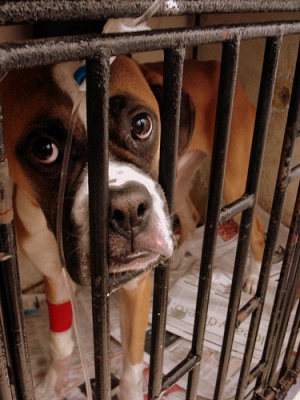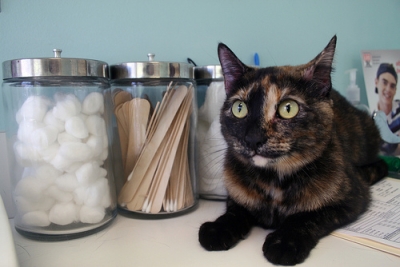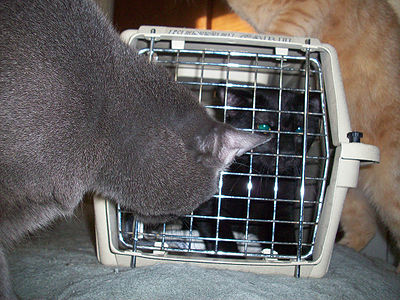
Blastomycosis, while not common, is a serious fungal infection which primarily affects the lungs and the skin. Dogs are more susceptible to it although other animals, cats and humans as well, can be affected.
The Blastomyces (spores) can be found in soil that is acidic, moist, filled with rotting, organic debris mixed with bird droppings. People living in areas such as the Great Lakes, the Mississippi, Ohio and Missouri River valleys, the Eastern seaboard in the U.S. or any place within a 1/4 of a mile of water should be aware of the possibility of the spores being found in their soil. Dogs inhale the infected spores and can develop lung infections, eventually affecting other parts of the body. Hunting and sporting dogs are at greatest risk for the disease.
Symptoms can be localized combined with inappetance, weight loss, cough, difficulty breathing, limp (due to lesions around toenails), eye problems, enlarged lymph nodes, fever. If the brain becomes infected, neurological problems can develop. Severe cases can develop broncho-pneumonia. These signs can be a result of other diseases but if you live near water, ask your vet to check for Blastomycosis.
Your veterinarian will diagnose the disease using blood tests, xrays, urinalysis and other tests which can include a needle aspiration, biopsy, smears.
Early diagnose can usually be treated successfully with anti-fungal medications. The drug of choice is Itracomzole as it has fewer side effects than earlier drugs. Watch for any respiratory distress which can show up the first 2-3 days. Blastomycosis of the eye is more difficult to treat as the medications can’t easily pass from the bloodstream to the eyes.
Treatment can take a long time although within a week or two there is usually improvement. Medications may be prescribed for many months to avoid relapses which can occur months or years later.



